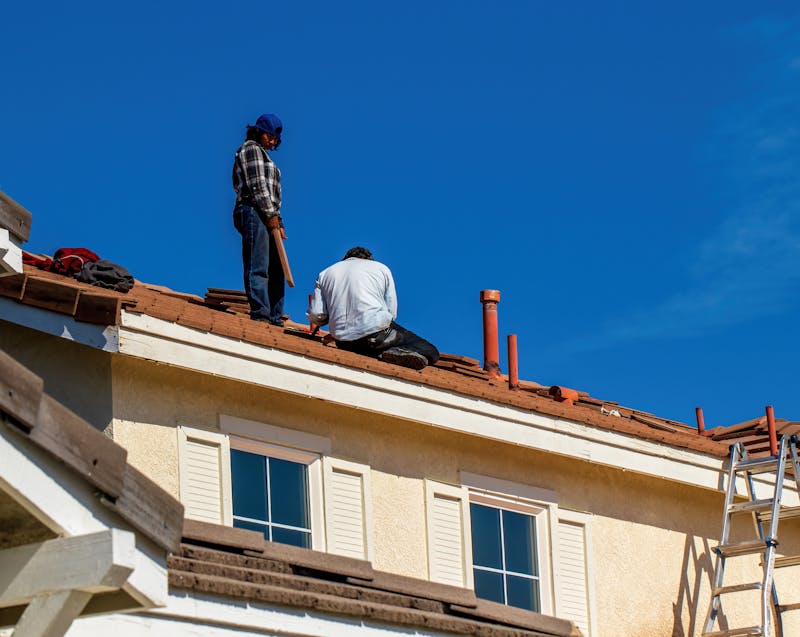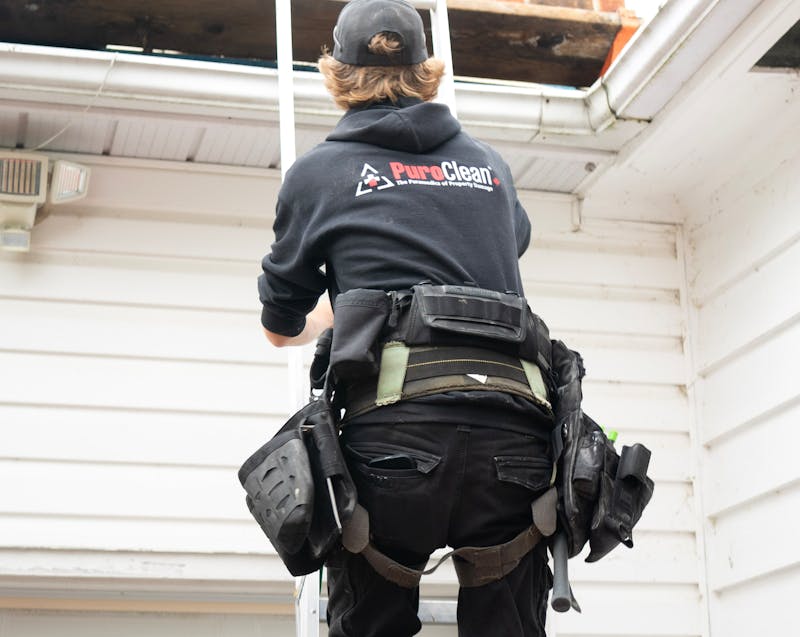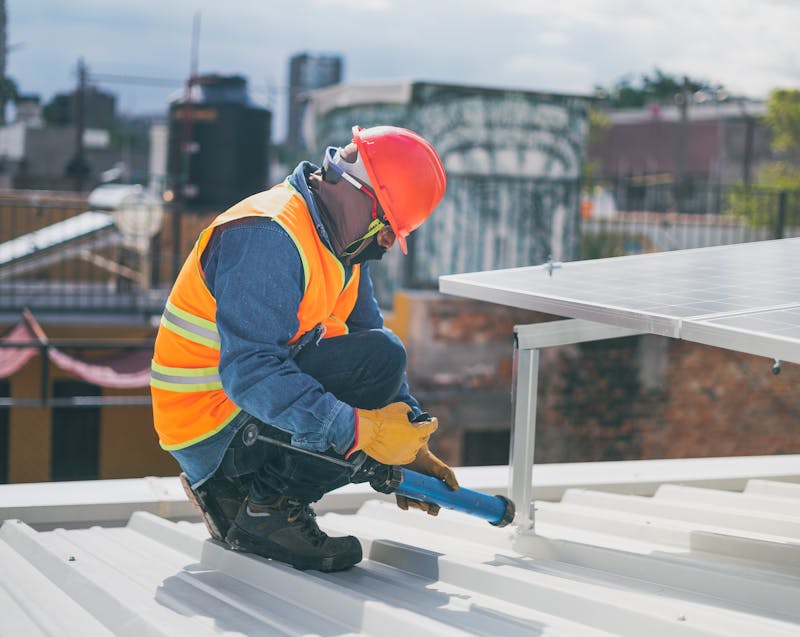- Roof leaks should be detected early to prevent costly damage, mold, and structural issues.
- Start leak detection inside the house by checking ceilings, walls, and the attic for water stains or damp spots.
- Inspect the roof exterior for damaged shingles, faulty flashing, and clogged gutters.
- Use the hose test with a helper to pinpoint leaks when the source isn’t obvious.
- Water often travels before dripping, so trace it back to the highest entry point.
- Call a professional if the leak is difficult to access, repair, or poses safety risks.
- Prevent future leaks with regular inspections, gutter cleaning, and prompt shingle replacement.
Keeping your home safe and dry starts with having a roof in good condition. Yet, even the most durable roofing systems can eventually develop leaks due to age, weather, or damage. Roof leaks may seem minor at first, but they can lead to expensive repairs if left unaddressed. For homeowners, knowing how to identify and locate the source of a leak is an essential skill.
This guide will walk you through practical steps to find roof leaks before they cause significant damage, while also giving you a clear idea of when to call in the professionals.
Why It’s Important to Detect Roof Leaks Early

Water damage doesn’t happen overnight—it builds up quietly behind walls, ceilings, and insulation. The longer a roof leak goes unnoticed, the more costly the repair can become. Early detection prevents mold growth, structural issues, and damage to personal belongings. Beyond financial savings, promptly addressing leaks helps maintain a safe and healthy home environment.
For homeowners, the challenge isn’t always repairing the leak right away, but rather pinpointing where it’s coming from. Because water often travels along rafters or drywall before dripping into a visible area, the source may not be directly above the wet spot on your ceiling. That’s why a systematic approach is key.
How to Find a Roof Leak: Step-by-Step Guide
Finding the exact source of a leak takes patience and attention to detail. Instead of rushing into repairs, start with a structured inspection process. Below are the steps every homeowner can follow:
1. Start Inside the House
- Check ceilings and walls for water stains, peeling paint, or bubbling surfaces.
- Look for discoloration around light fixtures, vents, or corners of rooms.
- Head up to the attic during daylight hours and check for damp insulation or water trails.
- Switch the lights off in the attic and check if there’s sunlight peeking through cracks or holes in the roof.
2. Inspect the Attic During or After Rain
Rainy conditions make it easier to spot active leaks. Use a flashlight to identify dripping water, wet wood, or darkened insulation. Mark the wet areas so you can track their location once you’re on the roof.
3. Examine the Roof Exterior
- Check for missing, curling, or broken shingles.
- Look at flashing around chimneys, skylights, and vents, which are common leak points.
- Inspect gutters for clogs that may cause water backup and seepage.
- If you have a flat roof, pay attention to pooling water and cracks.
4. Use the Hose Test
If the source is still unclear, ask someone to help. One person should stand inside the attic while the other sprays different roof sections with a garden hose. Move slowly, focusing on small areas, until the leak is spotted.
5. Trace the Path of Water
Water rarely enters straight down. It may travel several feet along rafters before dripping. Follow the water trails in your attic back to their highest point—that’s usually where the leak originates.
Common Causes of Roof Leaks
Understanding why leaks happen makes it easier to prevent them in the future. Some of the most common culprits include:
- Damaged shingles due to wind, hail, or aging.
- Improperly sealed flashing around chimneys, vents, and skylights.
- Clogged gutters that force water under shingles.
- Cracked vent boots made of rubber that deteriorate over time.
- Poor roof design or installation that allows water to pool or seep through weak spots.
Being aware of these common causes helps you keep a closer eye on potential problem areas during regular inspections.
When to Call a Professional

While locating a roof leak is something many homeowners can handle, fixing it is often best left to roofing experts. Professional roofers have the right equipment, safety training, and expertise to make lasting repairs. If your roof is steep, multi-layered, or if the leak source is complex, calling a pro ensures the problem is resolved properly and safely.
Additionally, if you’re considering how to fix a roof leak, professionals can recommend whether a simple patch will do or if more extensive repair—or even replacement—is required.
Preventive Measures to Avoid Future Leaks
After finding and repairing a leak, prevention should be the next step. Consistent maintenance can help protect your roof for years to come:
- Schedule annual roof inspections, especially after major storms.
- Prevent clogs by cleaning your rain gutters and downspouts regularly..
- Trim tree branches hanging over your roof to reduce falling debris.
- Look for damaged or missing shingles, and replace them immediately.
- Ensure proper attic ventilation to reduce moisture buildup.
A proactive approach not only extends your roof’s lifespan but also gives you peace of mind that your home remains protected.
Final Thoughts
Every homeowner should know how to spot and trace a roof leak. By starting from inside your home, inspecting the attic, and checking the roof exterior, you can often identify the problem area before it becomes a disaster. While minor leaks might seem manageable, repairs can be tricky, and professional help is often the best solution. More importantly, consistent roof maintenance is your strongest defense against future water damage.
Don’t wait for a small drip to turn into a major issue—use this step-by-step guide to take action today and safeguard your home.

